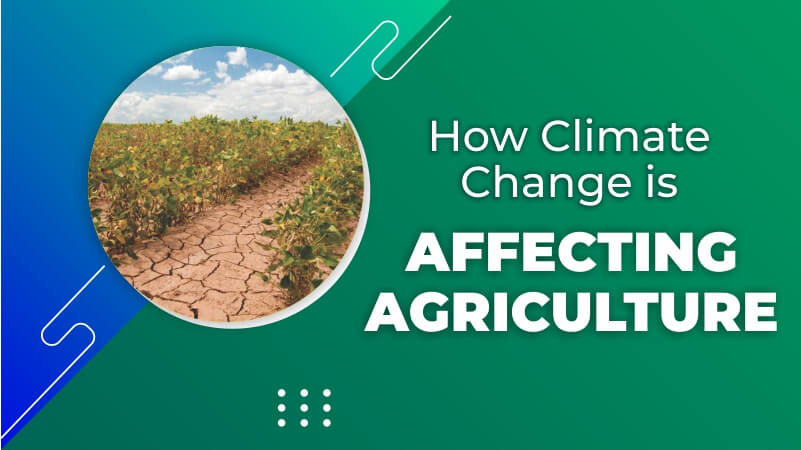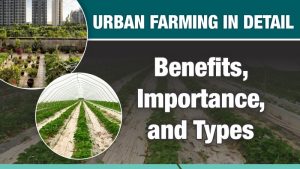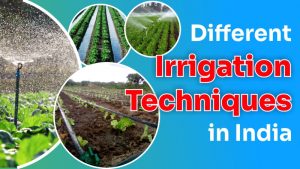Introduction:
Due to the unrestrained growth of greenhouse gas emissions, the earth’s temperature is rising. The seasons are shifting as a result of glaciers melting, increased precipitation, more extreme weather events, and other factors. Food security is threatened by the accelerating rate of climate change, global population growth, and economic expansion. Agriculture is in grave danger from climate change. In the long run, higher temperatures reduce the agricultural yields of targeted crops while fostering the expansion of weeds and pests.
With changes in precipitation patterns, the likelihood of both short-term crop failures and long-term production declines increases. The overall consequences of climate change on agriculture are expected to be negative, jeopardizing the security of the world’s food supply, even though some crops will benefit in particular regions of the world. People in developing nations who are already vulnerable and dealing with food insecurity are probably going to be the ones who suffer the most.
Changes in Climate:
The frequency of heat waves is predicted to rise due to future climate change, which would make agriculture very challenging. Heat stress can result from heat waves in both plants and animals, which is bad for the amount of food that is produced. Extreme heat waves are harmful to agricultural productivity because they may lead to no seeds at all when the plants are in the flowering stage, which is a single, essential period. Animals that experience heat stress may become less fertile and productive. Additionally, it may have a negative effect on their immune systems, making them more vulnerable to certain infections.
Large changes in rainfall patterns are also anticipated as part of the projected changes in climate, in addition to temperature rises and heat waves. Future droughts are predicted to affect some places more frequently, while torrential rainstorms and greater flooding are predicted to affect other regions. Coastal areas may completely lose their agricultural land as a result of rising sea levels. More issues with illnesses and pests, as well as changes in the geographic distribution of some pests, may result from warmer climes. For instance, in the future, insects that act as disease-transmission vectors are anticipated to migrate more poleward, whereas sheep have not yet been exposed to these illnesses.
How climate change is affecting agriculture?
There are many ways that agriculture may be impacted by climate change.
Warming tends to decrease yields above a certain temperature range because crops develop more quickly and produce less grain as a result. Additionally, rising temperatures hinder plants’ capacity to absorb and use rainfall. When temperatures rise, plants increase transpiration, or the loss of more moisture from their leaves, which speeds up soil evaporation.
The overall result is referred to as “evapotranspiration.” The overall effect of rising temperatures on water availability is a race between more evapotranspiration and higher precipitation because global warming is anticipated to increase rainfall. Higher evapotranspiration typically wins that competition.
Impacts on crops:
- Higher CO2 levels may have an effect on crop productivity. According to certain laboratory studies, higher CO2 levels may encourage plant growth. However, additional elements like ozone, water, nutrient shortages, and temperature changes may work against these potential yield increases. For instance, yield gains may be slowed down or stopped if a crop is exposed to temperatures over their normal range or if enough water and nutrients are not available. Increased CO2 has been linked to lower protein and nitrogen levels in alfalfa and soybean plants, which leads to a decline in quality.
- Crop growth may be hampered by more extreme precipitation and temperature. Extreme weather conditions, particularly droughts and floods, can damage crops and lower harvests.
- Drought management may be difficult in areas where drier soils are caused by higher summer temperatures. It may be possible in certain locations to increase irrigation, but in other locations, water supplies may be limited, leaving less water available for irrigation when more is required.
- Even though increased CO2 can promote plant development, it also lowers the nutritional content of the majority of food crops. Most plant species, including wheat, soybeans, and rice, have lower protein and critical mineral concentrations due to rising atmospheric carbon dioxide levels. The direct impact of rising CO2 levels on crop nutrition may endanger people’s health. Due to growing insect pressures and declining pesticide performance, increased pesticide use also poses a concern to human health.
Impacts on Livestock:
- Heat waves, which are expected to become more frequent as a result of climate change, might seriously endanger livestock. A drought might put pasture and feed supplies in danger. The amount of high-quality fodder available to grazing livestock is decreased by drought. Due to hotter summers and less precipitation, certain locations may endure longer and more severe droughts. Changes in agricultural production brought on by drought could also cause issues for animals that depend on grains.
- The prevalence of illnesses and parasites that afflict livestock may rise as a result of climate change. Winters that are warmer and spring that arrive earlier may make it easier for some parasites and pathogens to survive. Increased rainfall may encourage the growth of diseases that require moisture.
- In reaction to shifts in pests, parasites, and microorganisms brought on by climate change, potential modifications in veterinary procedures, such as an increase in the use of parasiticides and other therapies for animal health, are expected to be adopted to maintain livestock health. This could have an impact on the security, distribution, and consumption of livestock and aquaculture products by raising the likelihood that pesticides will enter the food chain or driving the evolution of pesticide resistance.
Impacts on Fisheries:
- Overfishing and water pollution are just two of the several challenges that many fisheries already experience. These strains could get harsher due to climate change. Changes in temperature, in particular, could have a big effect.
Get more information from our khetiguru mobile application. And, also visit khetigaadi.com




